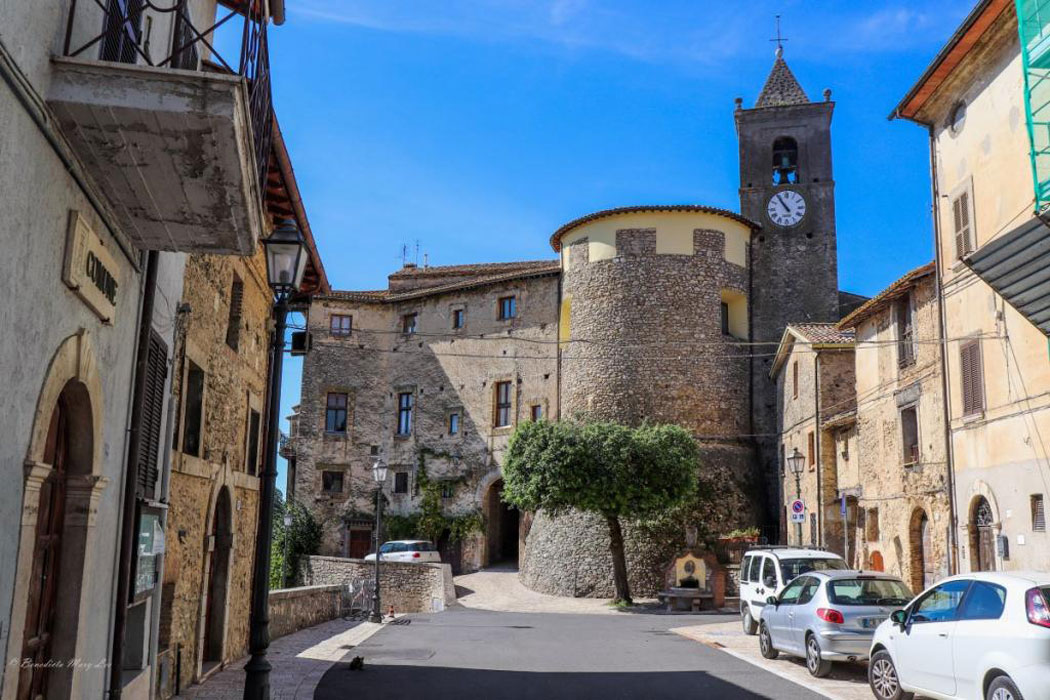
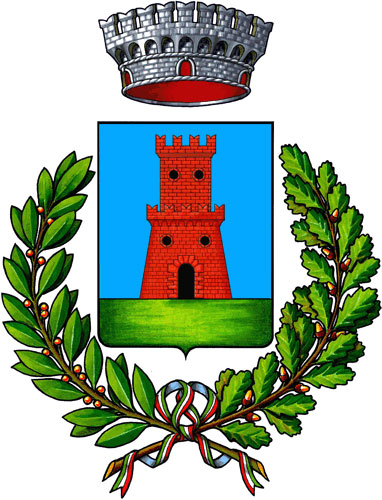
An ancient legend tells that the name of the country derives from that of a noble woman of the place, named Celia, imprisoned and left to die of hunger in one of the castle towers.
The "Castellum de Torricella" dates from the tenth and eleventh centuries and is mentioned for the first time in 1019 in the Register of the Abbey of Farfa. The castle was included among the possessions of the Abbey before moving to the Brancaleoni family of Romania
In 1483 it came as dowry to Cesarini; in 1673 it was assigned to the Sforza-Cesarini, who owned it until the abolition of feudal rights. The name, which was simply Torricella until 1863, is clearly a diminutive of "tower". Through an arched doorway leads to the picturesque and charming old town, which has preserved intact over the centuries the original medieval structure.
The "Castellum de Torricella" dates from the tenth and eleventh centuries and is mentioned for the first time in 1019 in the Register of the Abbey of Farfa. The castle was included among the possessions of the Abbey before moving to the Brancaleoni family of Romania
In 1483 it came as dowry to Cesarini; in 1673 it was assigned to the Sforza-Cesarini, who owned it until the abolition of feudal rights. The name, which was simply Torricella until 1863, is clearly a diminutive of "tower". Through an arched doorway leads to the picturesque and charming old town, which has preserved intact over the centuries the original medieval structure.




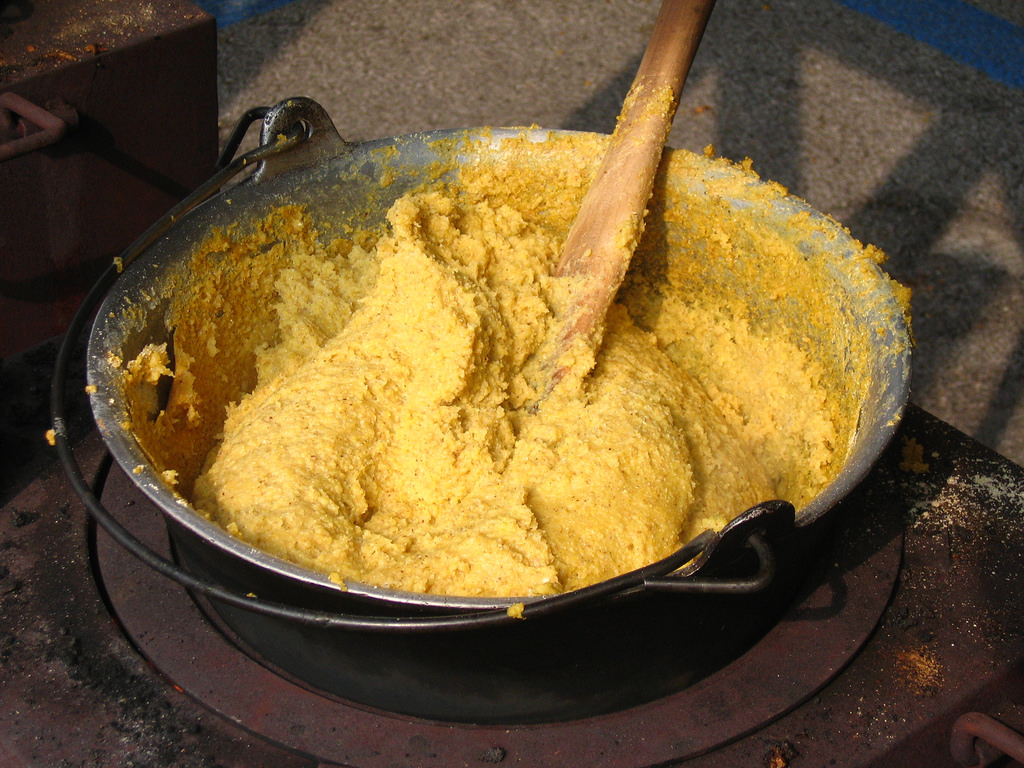
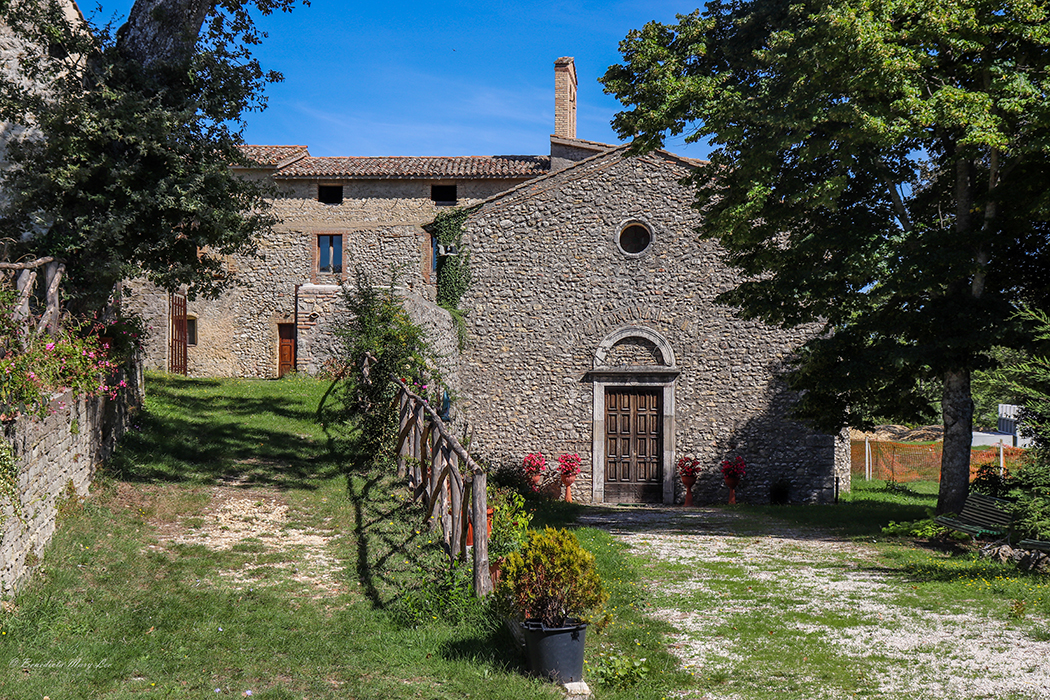
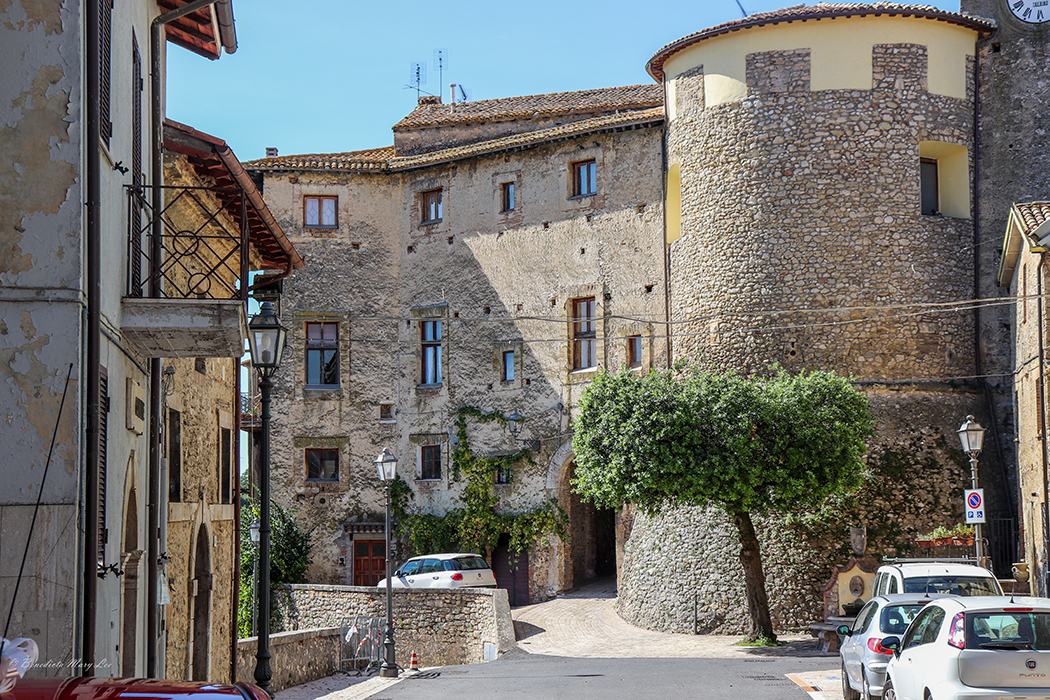




Follow us